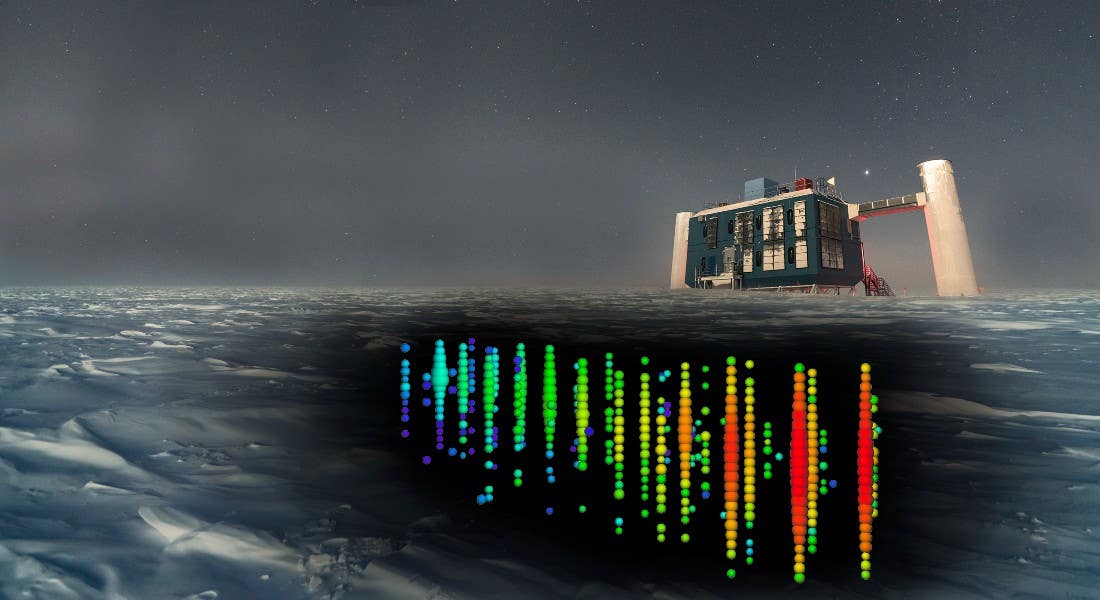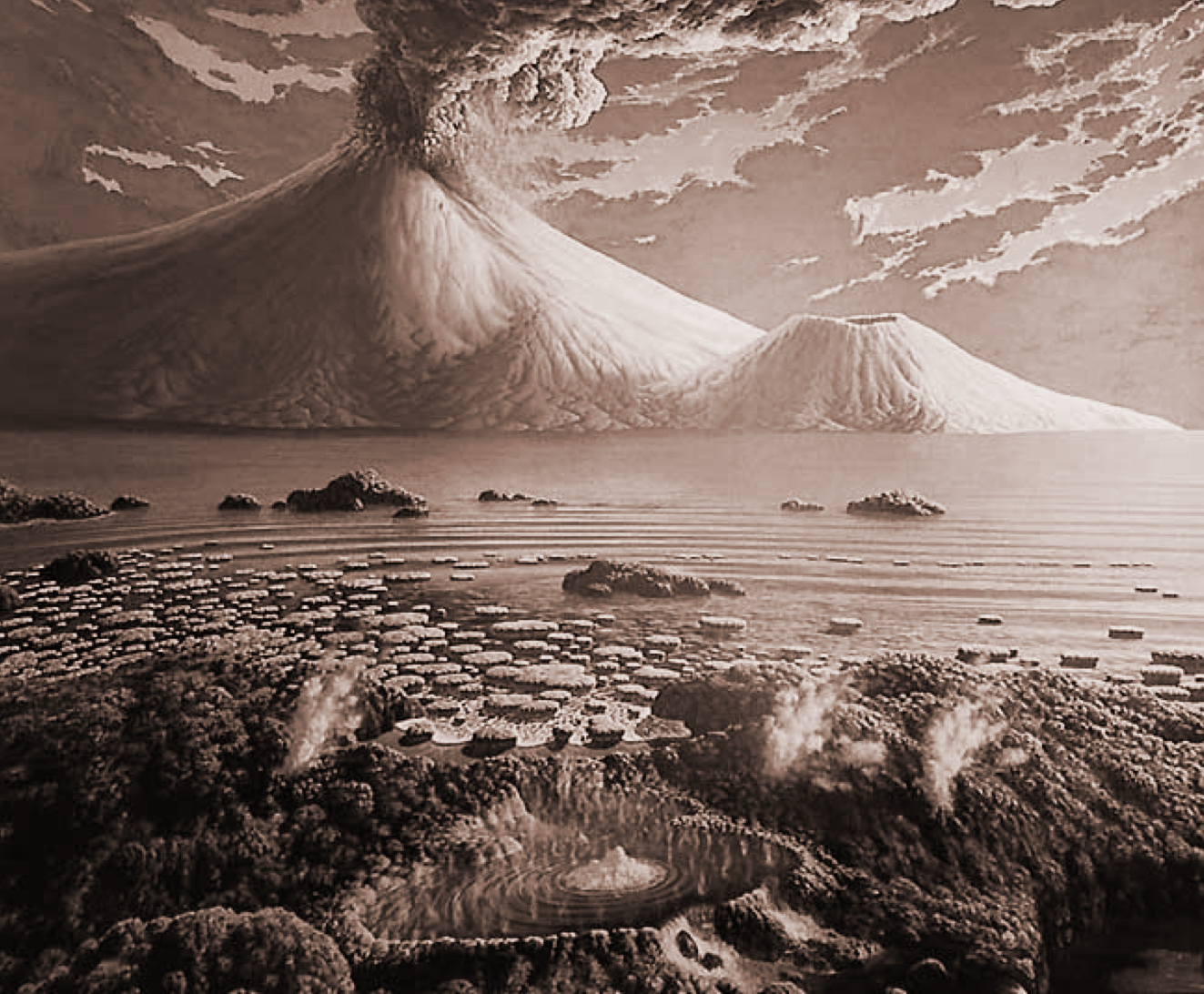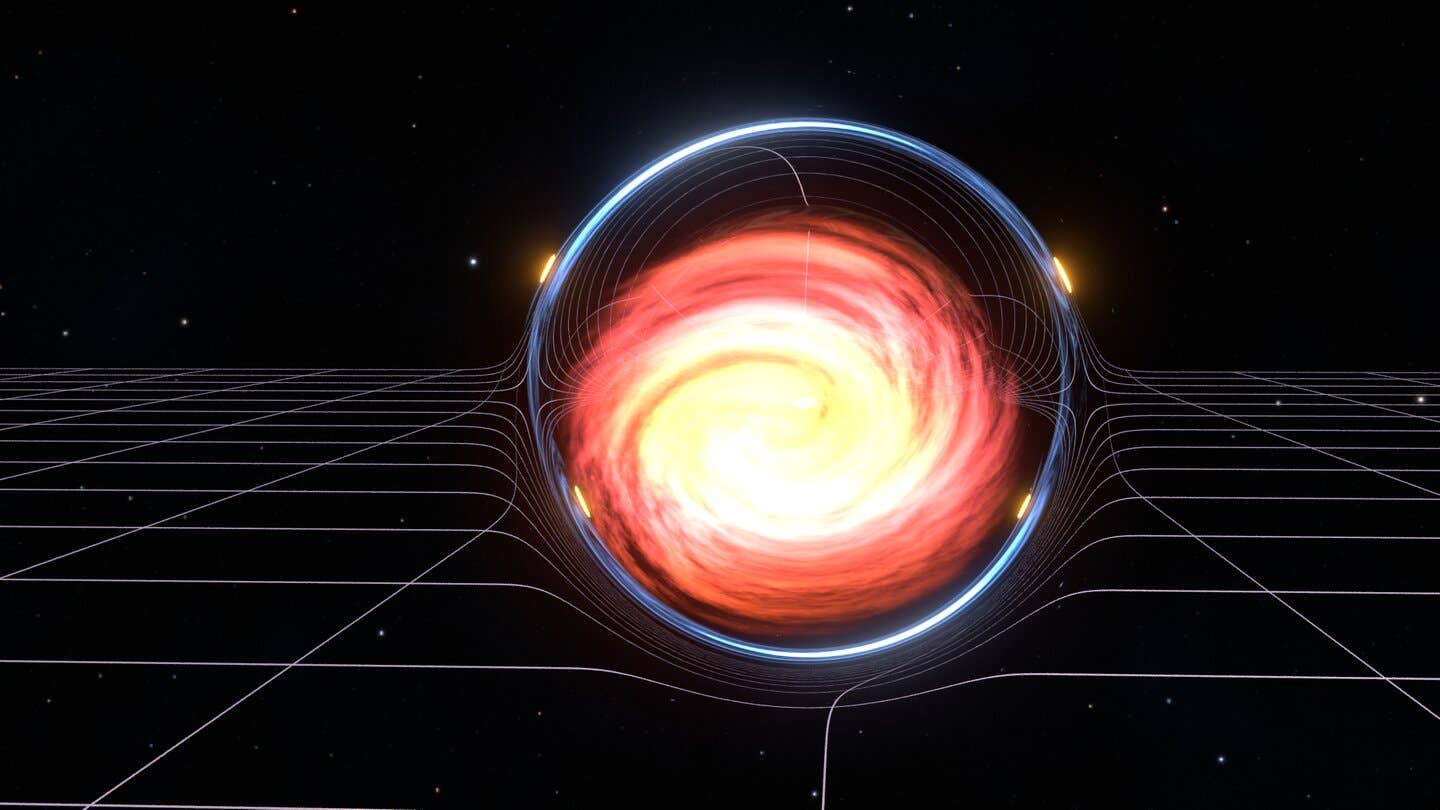Does gravity exist at the quantum level? Scientists at the South Pole are about to find out
A groundbreaking experiment in Antarctica aimed at unraveling a profound mystery in physics: Does gravity exist at the quantum level?

A groundbreaking experiment in Antarctica aimed at unraveling a profound mystery in physics: Does gravity exist at the quantum level? (CREDIT: Creative Commons)
A team from the University of Copenhagen has contributed to a groundbreaking experiment in Antarctica aimed at unraveling a profound mystery in physics: Does gravity exist at the quantum level? At the heart of this quest lies an exceptional particle, the neutrino, which possesses the remarkable ability to traverse space virtually untouched.
Over a sprawling expanse near the South Pole, thousands of sensors have been deployed across a square kilometer, their mission: to decipher the enigma of quantum gravity.
These sensors meticulously monitor neutrinos, elusive particles devoid of electrical charge and possessing nearly negligible mass, as they journey to Earth from the depths of outer space. Leveraging these neutrino data, the team from the Niels Bohr Institute (NBI) at the University of Copenhagen has devised a novel methodology in the pursuit of understanding the elusive phenomenon of quantum gravity.
A neutrino sensor being lowered deep into the South Pole ice sheet. (CREDIT: IceCube/NSF)
Tom Stuttard, an Assistant Professor at NBI, underscores the significance of this endeavor, stating, "If, as we believe, quantum gravity does indeed exist, this will contribute to unite the current two worlds in physics."
Currently, classical physics governs our everyday experiences, describing phenomena like gravity, while the quantum realm, operating at the atomic level, relies on the principles of quantum mechanics. The integration of these disparate realms poses one of the foremost challenges in fundamental physics.
Stuttard, a co-author of a recent scientific article published in Nature Physics, sheds light on the team's approach. By examining over 300,000 neutrinos, the study offers crucial insights.
Related Stories
Notably, the neutrinos scrutinized in this investigation originated within Earth's atmosphere, generated through collisions between high-energy particles from space and atmospheric molecules.
Stuttard emphasizes the practical advantage of studying these atmospheric neutrinos, which are more abundant compared to their extraterrestrial counterparts, laying the groundwork for future exploration of neutrinos from deeper space.
Situated adjacent to the Amundsen-Scott South Pole Station in Antarctica, the IceCube Neutrino Observatory serves as the epicenter of this ambitious scientific endeavor.
Unlike conventional astronomical facilities, IceCube's strategic location allows for optimal observation of space from the Northern Hemisphere. Neutrinos, unfettered by electromagnetic and strong nuclear forces due to their lack of charge and minuscule mass, traverse vast distances across the cosmos in an unaltered state.
The central question at the crux of this research pertains to the behavior of neutrinos over these immense cosmic voyages. Do these particles remain unchanged, or do subtle alterations occur, potentially indicative of the influence of quantum gravity? Stuttard elucidates, "If the neutrino undergoes the subtle changes that we suspect, this would be the first strong evidence of quantum gravity."
Illustration of the quantum gravitational decoherence effect. (CREDIT: Nature Physics)
To comprehend the nuances of their investigation, it is imperative to understand the unique nature of neutrinos. Despite being referred to as particles, neutrinos exhibit a peculiar property known as superposition, existing in three fundamental configurations termed flavors: electron, muon, and tau. As neutrinos traverse space, they oscillate between these flavors, a phenomenon known as neutrino oscillations, underscoring their quantum nature.
Stuttard clarifies that while maintaining quantum coherence over vast distances is notoriously challenging in laboratory settings, neutrinos possess a distinct advantage. Unaffected by surrounding matter, these particles offer a pristine experimental canvas.
This resilience to external influences ensures that any deviations from coherence are not attributable to experimental constraints but may indeed signify the elusive fingerprints of quantum gravity.
Reflecting on the outcomes of their study, Stuttard notes that the absence of anticipated changes does not discount the possibility of quantum gravity. The relatively short distances traversed by atmospheric neutrinos—approximately 12,700 kilometers—may not be sufficient to unveil the subtle effects of quantum gravity. However, he remains optimistic about the prospects of future investigations.
"For years, many physicists doubted whether experiments could ever hope to test quantum gravity. Our analysis shows that it is indeed possible," Stuttard affirms. With forthcoming measurements involving astrophysical neutrinos and the development of more precise detectors in the pipeline, the scientific community remains poised to tackle this fundamental question head-on.
For more science and technology stories check out our New Discoveries section at The Brighter Side of News.
Note: Materials provided above by The Brighter Side of News. Content may be edited for style and length.
Like these kind of feel good stories? Get the Brighter Side of News' newsletter.



